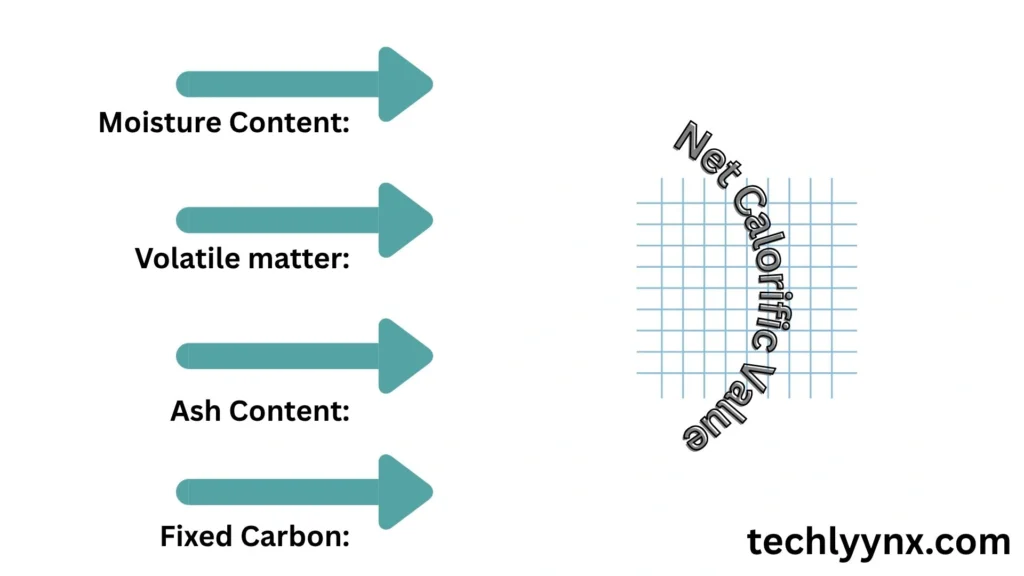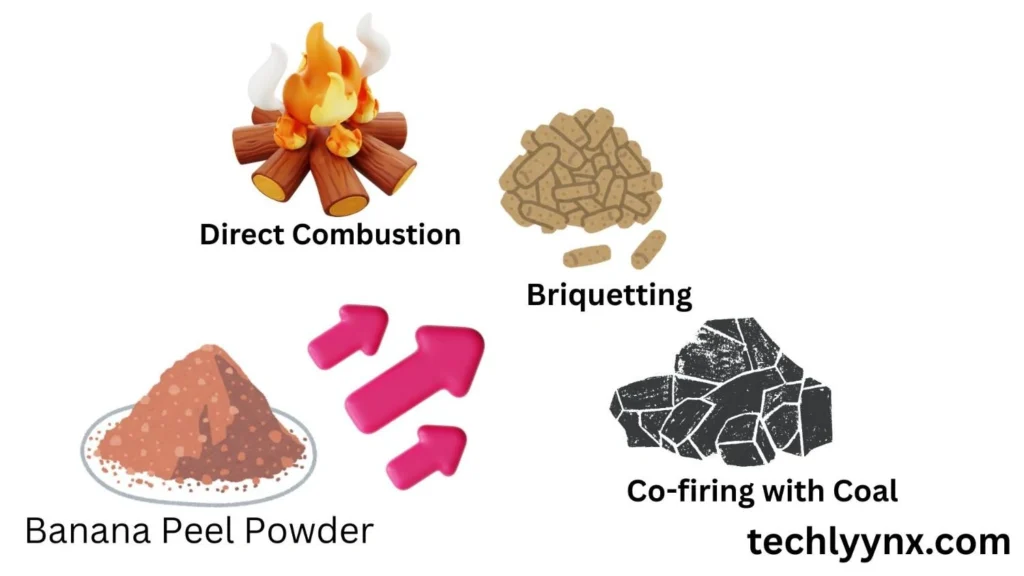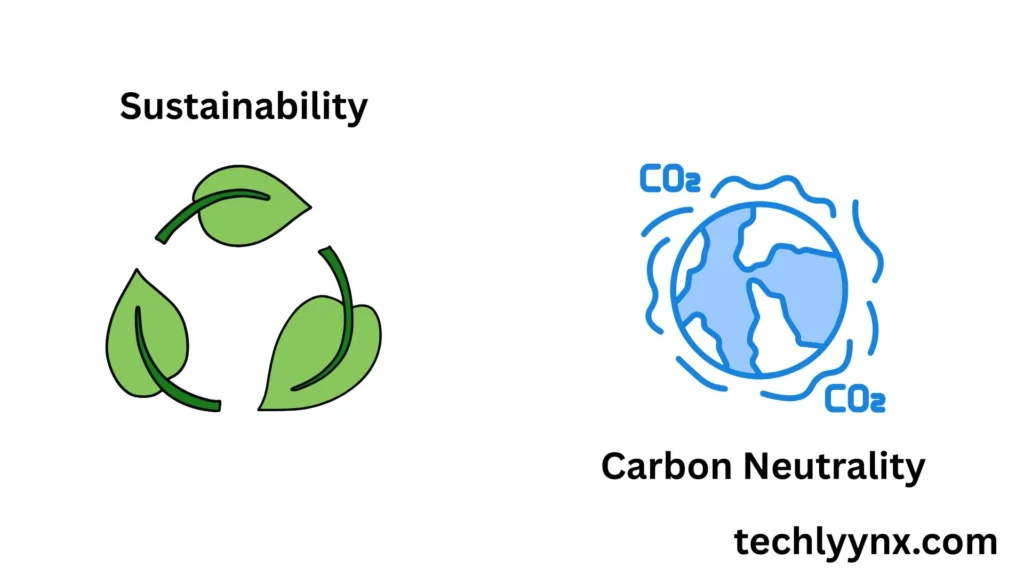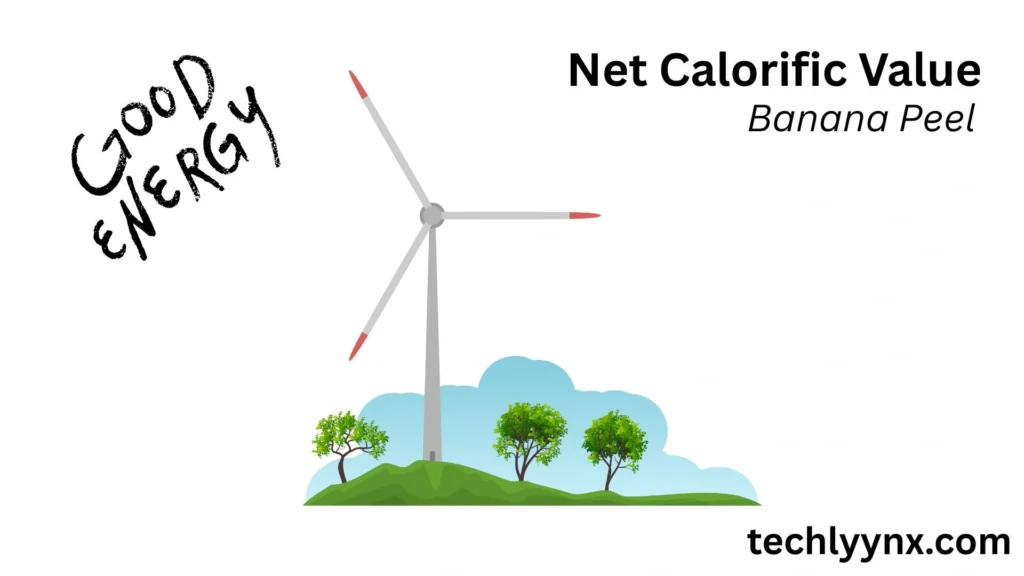Just like the fixed carbon factor, there is another parameter to evaluate the importance and benefits of banana peel; this is known as net calorific value. This is a really important and considerable factor, especially in industries where banana peel is used as a great energy source. This is to study the potential of banana peel in the economy and market. We also performed NCV analysis in our research work and got some amazing results.
Practical Uses for Banana Peels
In this article, we will explore the concept of net calorific value, including its measurement and associated benefits. We will prove the industrial-level importance of banana peel through our complete analysis.
Introduction
The banana peel is one of the most common and widely used fruits in the world, particularly in tropical and subtropical regions. While the edible portion of the banana constitutes only 40-50% of the entire fruit, the remaining part, which is the peel, is frequently regarded as worthless. In many countries, such as India, Pakistan, Brazil, and the Philippines, this waste product poses many environmental challenges.
Scientific research over the last two decades has shown that banana peels are not just waste products. They are rich in carbohydrates, lignin, cellulose, and other precious minerals, as also confirmed by our own research. These components play a vital role in making banana peel a promising source of bioenergy production.
Understanding Net Calorific Value (NCV)
The calorific value of a substance is actually the amount of heat energy released when a unit mass of it is completely burnt in the presence of oxygen. This is an important factor in determining the quality of a fuel. There are two major forms of calorific value:
1- Gross Calorific Value
This is the total energy released, including the latent heat of the water’s vaporization. This is also known as the higher heating value of a substance.
2- Net Calorific Value
This refers to the actual heat energy released that is available for doing work. The actual usable energy, excluding the energy lost in the vaporization of water during consumption. Also termed as the lower heating value of a substance.
For biofuel such as banana peels, the NCV is more relevant, as this indicates the total energy available for practical use.
Composition of Banana Peel and Its Relevance to NCV

The NCV of banana peel is directly related to its proximate analysis and ultimate composition.
Moisture Content:
Fresh banana peels can have a moisture content ranging from 60% to 70%. Increased moisture levels decrease the net calorific value (NCV), as more energy is required for the evaporation of water.
Higher volatile matter improves combustibility.
Ash Content:
Banana peel contains 8-12% ash normally. Higher ash value reduces NCV.
Note:
Our research found it to be 9.46%.
The fixed carbon represents the solid combustible material in a substance. Its value is usually between 7 and 15%.
Note:
According to our research it was 7.06%.
Other impactful factors are:
- Oxygen 30 – 45%
- Carbon 35-40%
- Nitrogen 0.4 – 1.5%
- Sulfur < 0.5%
The balance of these elements gives the NCV.
Methods to Determine Net Calorific Value
There are two methods of determining the heating value of the substance:
This is a direct method for determination of the value.In this dried, ground banana peel is placed in the bomb calorimeter.The combustion occurs in an oxygen-rich environment. The released heat is measured by the meter.
From this gross calorific value, the net calorific value is obtained; it is calculated by subtraction of latent heat of vaporization from this.
1- Empirical Formula:
In this process the Dulong’s formula is used to measure the amount of NCV.
This equation is:
NCV = (Fixed Carbon + Volatile Matter) × Constant – (Moisture × Correlation Factor)
This is the indirect method of estimating the NCV by equations.
Note!
The constant is 38.4 MJ/kg, and the correlation factor is 2.44 MJ/kg.
Calculation of Net Calorific Value
The formula for the calculation of net calorific value is:
Calorific Value = (Fixed Carbon + Volatile Matter) × Constant – (Moisture × Correlation Factor)
The values of these variables from our research are:
- Fixed Carbon = 7.06%
- Moisture Content (Dry-Based) = 9.6%
- Volatile matter = 73.19%
So,
Calorific Value = (7.06 + 73.19) × 38.4 – (9.6 × 2.44)
The value we got from this is 2768 Kcal/Kg. As the heat of vaporization of water is 2250 kcal/kg.
After doing all other calculations, we got the value right, which was 12 MJ/kg.
This value is slightly lower than other research results that took place in other different countries. But still it is enough to show the value of the energy level of the banana peel. This helps us to identify the clear energy potential of banana peels—that they can be a great source of cheap and valuable energy at the industrial level.
Applications of Banana Peel Based on NCV

Direct Combustion:
- Banana peel favors direct combustion. Dried banana peel can be used as a solid biofuel in industrial stoves, small-scale boilers, or domestic cooking applications. Its net calorific value makes it equivalent to firewood.
- Banana peels can be compressed into reasonable-sized pellets. This improves its handling by reducing smoke and maximizing energy density.
- Eradicates many problems of its storage.
Co-firing with Coal:
- Banana peel powder can be blended with coal and wood for its industrial combustion. This helps in reducing carbon emissions.
Environmental and Economic Implications

Waste management: Utilization of banana peel reduces the organic waste burden in landfills.
Banana peel serves as a renewable biomass, offering a sustainable energy source with a favorable net calorific value.
Cost-effectiveness:
This agricultural waste is abundantly available and can be collected at minimal cost, making it one of the most affordable energy sources on the market.
Carbon Neutrality:
The carbon released during its combustion is roughly equal to the carbon absorbed in the growth of the banana plant. In this way it acts as a good carbon neutralizer.
Challenges and Limitations
Despite the benefits of banana peel, there are also some limitations and challenges in this process.
- As the fresh peel has a high moisture content. We have to dry it, which consumes energy even at a very beginning level.
- Being a potassium-rich source (19.39% according to our research), there is a risk of fouling. The ash can cause serious slagging issues in boilers.
Scale-up Issues:
- The industrial setup may need efficient and standard processing. This can be a challenging situation sometimes.
Conclusion:
Our findings for the whole process are that the net calorific value of banana peel ranges from 12 to 18 MJ/kg, positioning it as a competitive biofuel available in the market. Its renewable nature, availability, and integration into different energy systems make this a vital energy source. However, small challenges like high moisture content and ash fouling should be addressed.
Banana peel, once considered an agricultural waste, thus represents a valuable energy source, contributing to waste management and renewable energy production. Harnessing its net calorific value through combustion, briquetting, biochar production, or modern energy systems can play a significant role in the future of green energy.
Also read …

